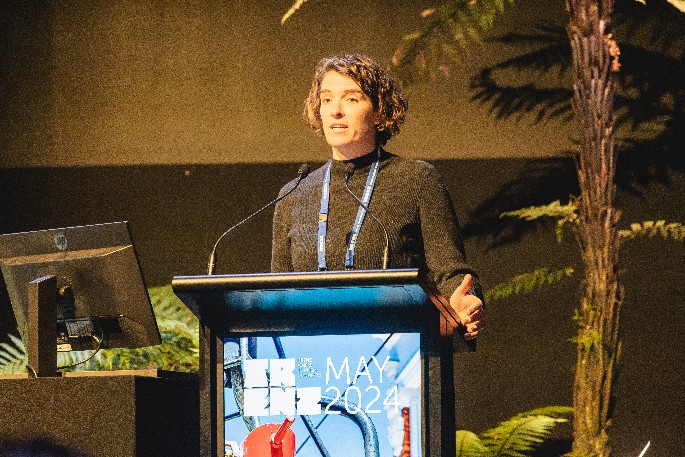This Content Is Only For Subscribers
During the media presentation at TRENZ, held at Wellington’s Takina Convention and Exhibition Centre, May 9 and 10, Danielle Shanahan, chief executive of Zealandia Te Māra a Tanē, presented the unique relationship between nature conservation and tourism in Wellington, celebrating the city’s success in reversing species loss.
“Nature is in a lot of trouble globally, but here in Wellington, we are seeing a phenomenal reversal in the loss of our wildlife,” she says.
Her presentation at TRENZ emphasised Zealandia Te Māra a Tanē, a 225-hectare eco-sanctuary that has been instrumental in bringing native species back to the region and integrating conservation efforts with community and tourism.
In her presentation, Danielle detailed the innovative measures Zealandia has implemented, such as a predator exclusion fence, which was a world-first at the time of its construction.
“This fence provides a safe haven for our native birds and other wildlife. Our sanctuary, just two kilometres from the CBD, makes nature accessible for all, which is incredibly rare globally,” she says.
Zealandia Te Māra a Tanē’s impact on local wildlife has been more significant and rapid than anticipated, with bird populations flourishing across Wellington.
“If we looked at the spread of bird populations like we do a virus, we’d be panicking. It’s a remarkable reversal of loss,” highlighting the increase in bird populations and species such as the Kaka, which have now become common in local parks and backyards.
Tourism plays a crucial role in supporting these conservation efforts, according to Danielle.
Each year, Zealandia Te Māra a Tanē, welcomes around 140,000 guests, providing an immersive experience into what New Zealand’s ecosystems once were.
“This is regenerative tourism,” says Danielle. “It’s about rejuvenating our communities and nature but also regenerating the people who visit us.”
With a strong emphasis on sustainability, she pointed out the changing trends in visitor behaviour, with a significant percentage of younger generations willing to pay more for sustainable options.
“Tourism today is not just about visiting places; people want to give back. They want to be part of the solution,” she says.



